Throwback Thursday: Earth’s second moon?
Another world orbits the Sun once a year at the same distance as our planet.
“The moon was like this awesome, romantic, mysterious thing, hanging up there in the sky where you could never reach it, no matter how much you wanted to. But you’re right. Once you’re actually here, it’s just a big, dull rock.” –Futurama
The Solar System is a pretty bizarre place. Or in particular, the inner part of it is what’s bizarre. Think about the giant planets in our Solar System — the Jovian planets — that weigh in from tens to hundreds the mass of Earth.

These giant balls of gas are orbited by all sorts of interesting things, from moons so giant that they have their own substantial atmospheres like Saturn’s Titan (left), to to captured Kuiper Belt objects, like Neptune’s giant moon, Triton (center), to regular natural satellites that formed around the giant planets as they formed, such as Saturn’s Dione and Enceladus (right).
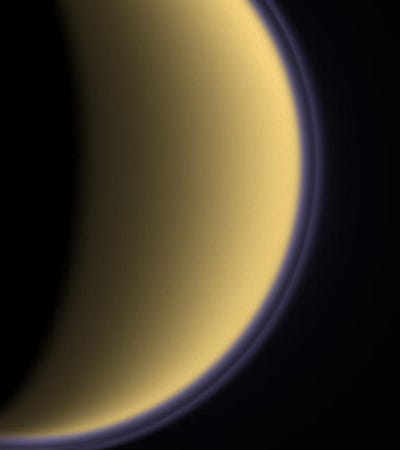

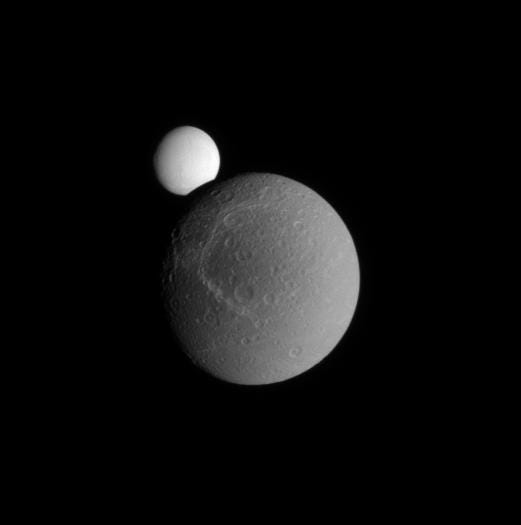
All told, if we look at all the moons in the Solar System, the gas giants have a virtual monopoly on them. If we look at objects bigger than 100 km in diameter, Jupiter has 7, Saturn has 11, Uranus has 8, and Neptune has 6. Hell, even not-a-planet Pluto has 1, the same number as the entire inner Solar System, which only has our Moon in that category.
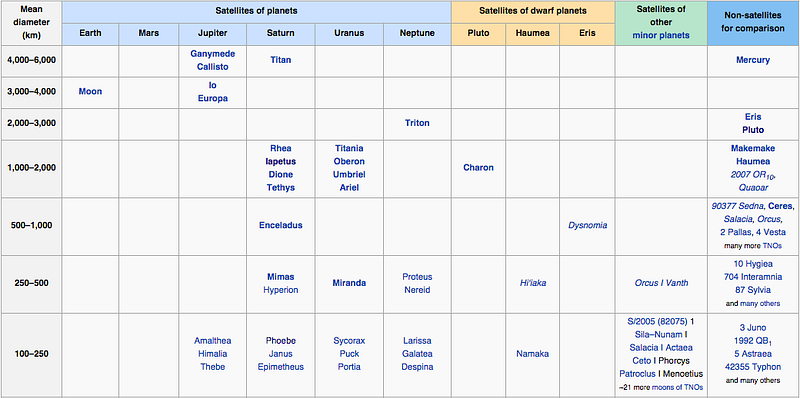
That’s right. Mercury and Venus have no moons, Earth has just the one big one, and Mars has two little captured asteroids (under 25 km apiece) that we generously call moons. For comparison, Jupiter has at least 49 satellites under 25 km, and Saturn has at least 43. Well, if Mars has some captured asteroids, is it possible that Earth has a few, too?
To understand what’s possible, you have to understand two different types of capture that can occur.
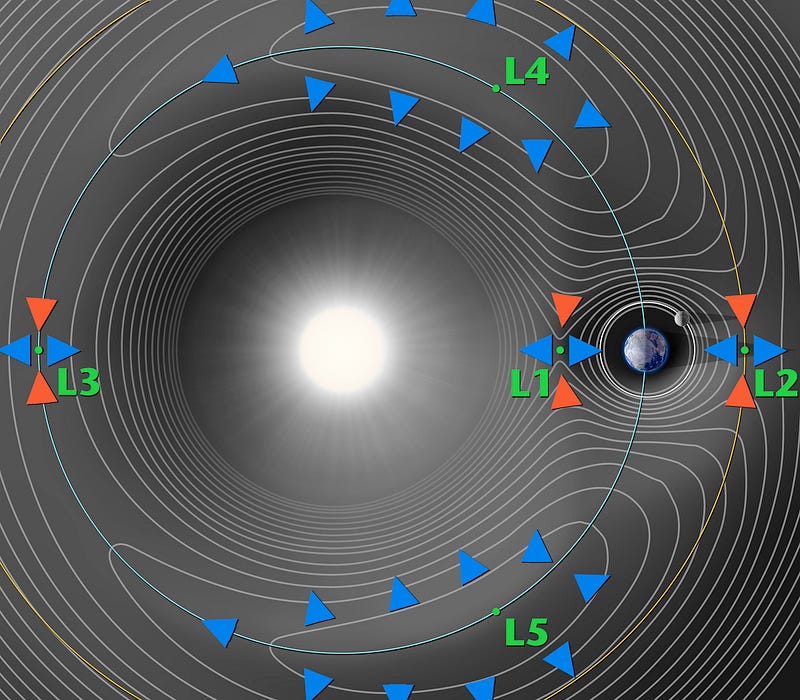
Gravitational interactions between a low-mass body, a planet and our Sun can result in huge alterations to the low-mass body’s orbit, including the occasional gravitational capture. But that capture isn’t only possible in orbit around the planet itself, but also stably (or quasi-stably) at two separate locations ahead of and behind the planet’s orbit: the L4 and L5 LaGrange points, labelled above.
While Jupiter, for example, has a great many captured objects around the planet itself, it has a huge number that orbit the Sun at its L4 and L5 gravitational points: the Trojan asteroids. (Or, in older poetic parlance, “Trojans” and “Greeks”, one class at L4 and one class at L5.)
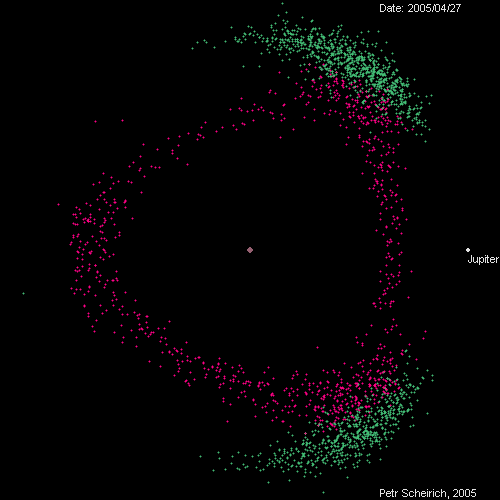
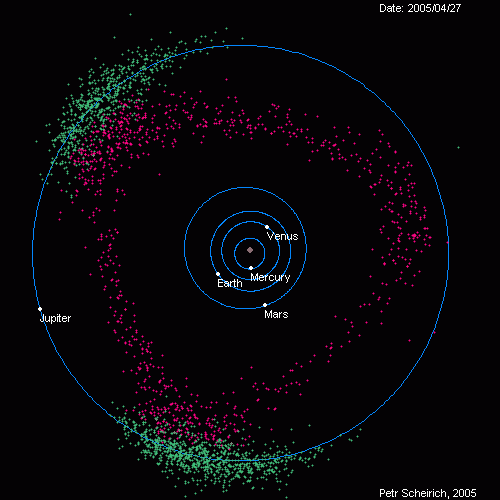
In reality, any planet that’s had enough fortunate encounters could have these Trojan bodies either behind or in front of it in orbit. While Mercury and Venus don’t have any, Mars has a total of 7 candidate Trojans, four of which have been confirmed!
So you might ask whether it’s true that Earth has any? Sure, we only have the one Moon actually in orbit around our planet, but what about leading (L4) or trailing (L5) bodies co-orbiting around the Sun with us?

You might have heard, recently, about 3753 Cruithne, something I’ve even publicly called “Earth’s second moon” many years ago. It’s a tantalizing story, mind you. 3753 Cruithne is a rock only about 5 km wide that follows us in our orbit!
What do I mean by “follows us,” exactly? The Earth takes roughly 365 days to orbit the Sun. 3753 Cruithne? 364 days. This is an impressively close number! From the perspective of the Sun, both bodies make elliptical orbits with the Sun at one focus, while from Earth, the trailing asteroid makes a horseshoe-shaped orbit. See the animations below.
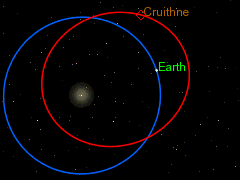
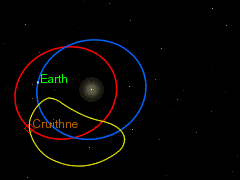
But it isn’t technically “our Moon” because it isn’t gravitationally bound to us. Honestly, it isn’t even a true Trojan, as it’s expected to be ejected from our orbit in a few thousand years. It will make a close approach to us in 2292, and there will be a gravitational encounter between this satellite and Earth. The dynamics have already been worked out. 3753 Cruithne’s orbit will change by about 500,000 km. Earth’s orbit? Altered by 1.3 centimeters.
But that doesn’t mean we’re all alone. In 2010, the first-and-only true Trojan asteroid around Earth was discovered!
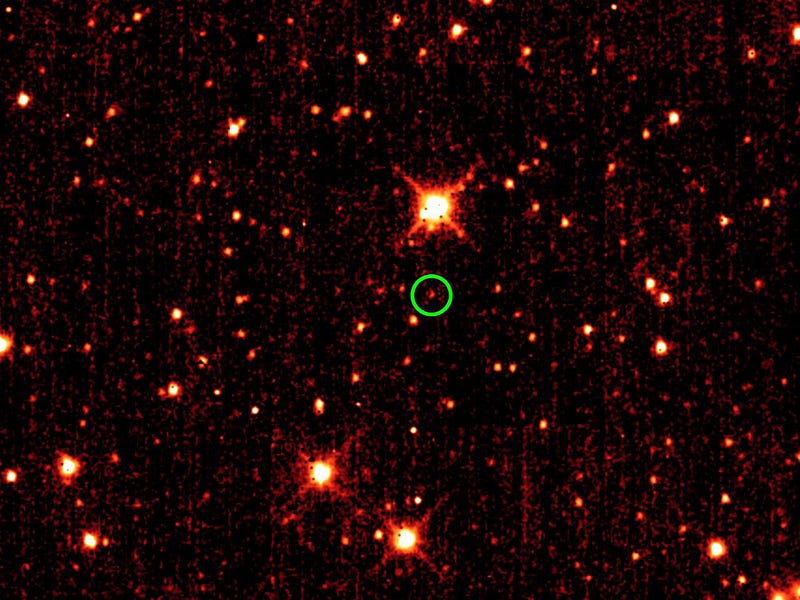
Say hello to asteroid 2010 TK7, only 300 meters (not kilometers, but meters) in diameter, discovered only a few years ago — in October, 2010 — by NASA’s Wide-field Infrared Survey Explorer (WISE) mission. That’s right, it took an infrared space telescope to find it!
It orbits in a horseshoe-shaped path around Earth’s L4 LaGrange point, and if you were to fly high above our Solar System and map it out relative to Earth, this is the path it would take.
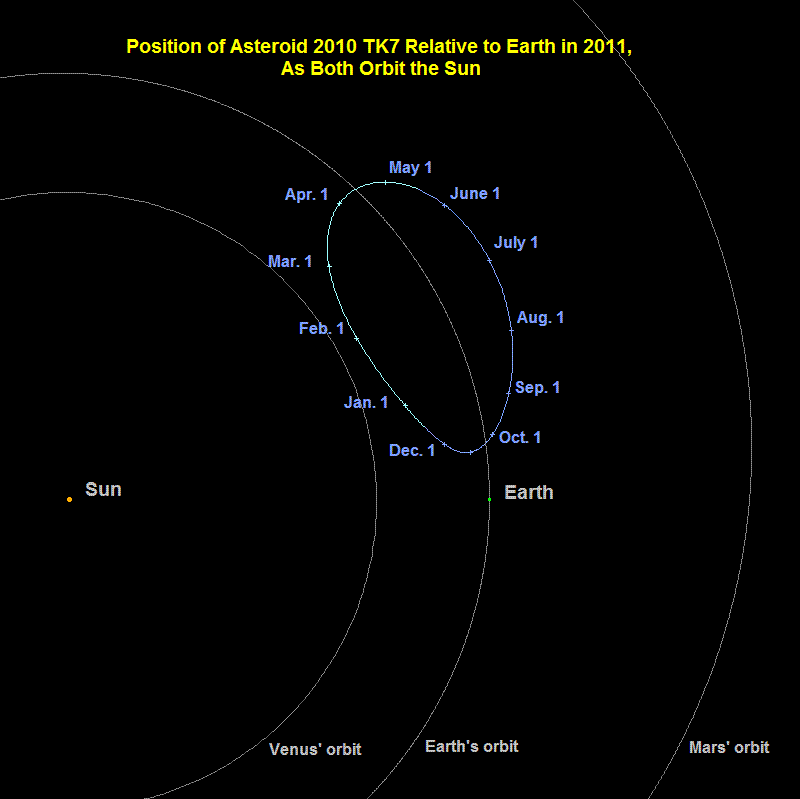
So no, we don’t quite have a second moon, but we do finally have a robust discovery of a Trojan asteroid to call our very own. And it isn’t 3753 Cruithne; don’t be fooled. 3,000 years is nothing in the life of our Solar System. When it comes to Trojans, stick with the one that will stick with us, and that’s 2010 TK7!
Leave your comments at the Starts With A Bang forum on Scienceblogs!





